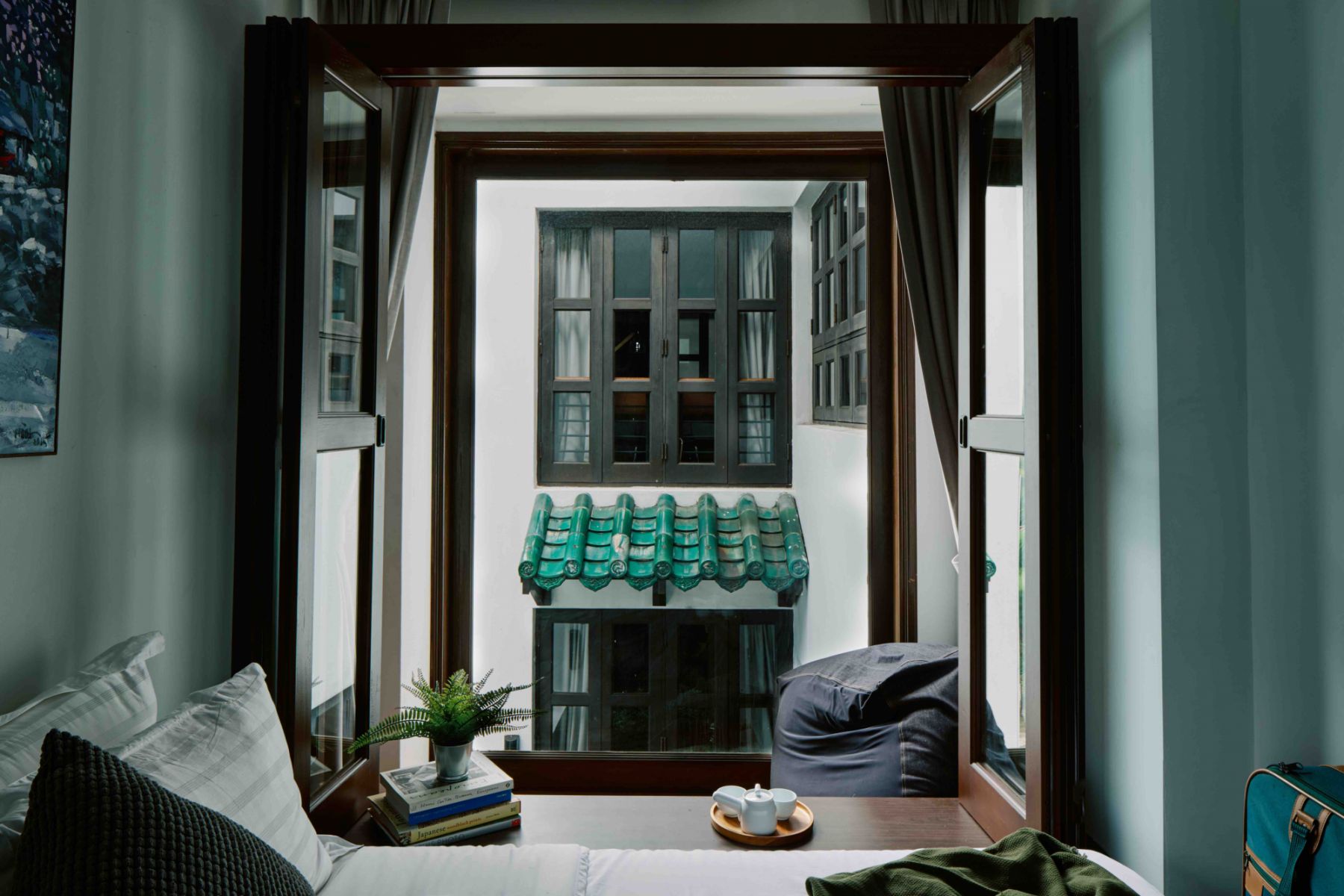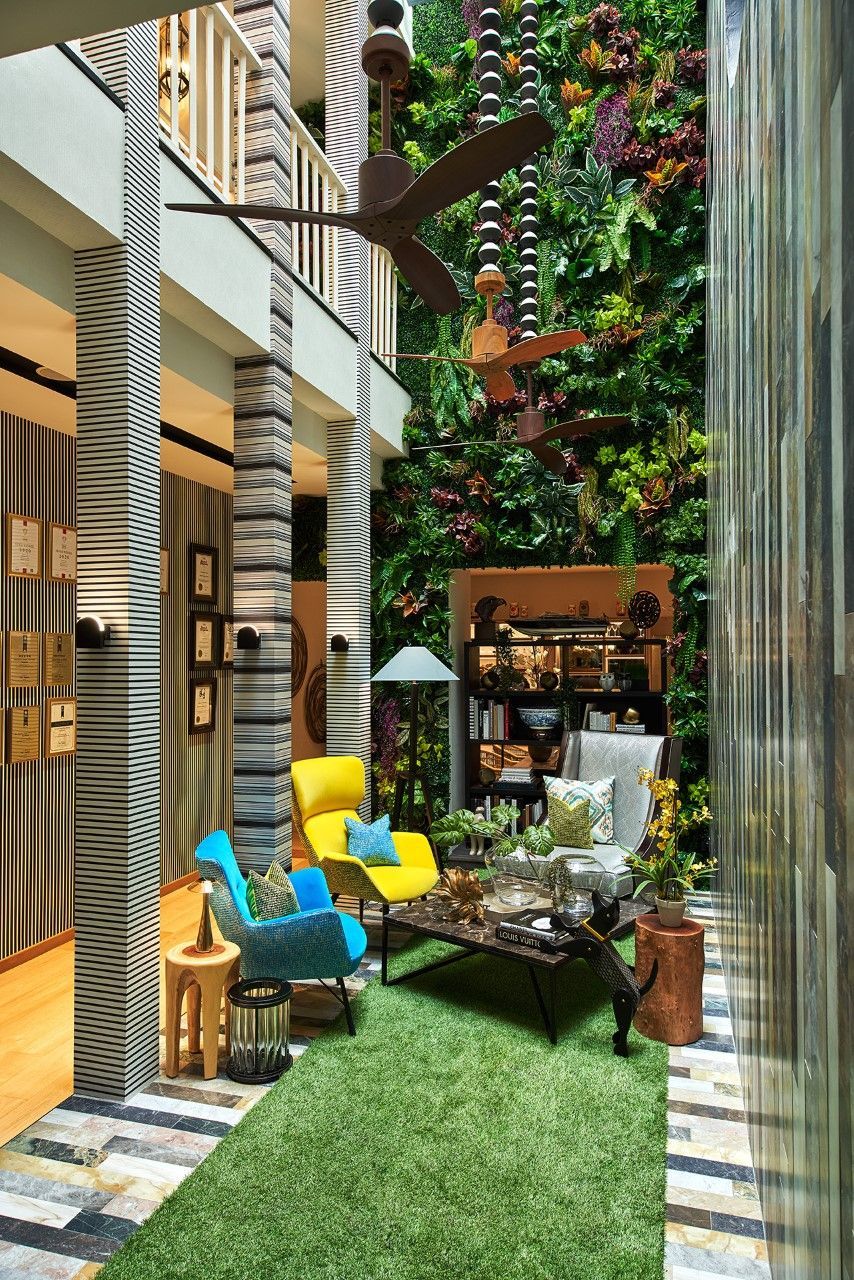Shophouses have always held their own, but making one a home requires a few careful considerations. Here’s what you need to know before investing in one of these heritage buildings in Singapore.
Shophouses are existing remnants of the urban fabric of pre-World War II Singapore, built for the dual purposes of commercial and residential use. The Oxford dictionary explains that in simple terms as “a shop that opens onto the street and is used as the owner’s home”.
Although not unique to Singapore—there are other iterations of the same in other historic cities of Southeast Asia—it is but natural to want to stop and take a second glance at these fascinating structures. Constructed between the 1840s and the 1960s, these have been gazetted conservation status by the Urban Development Authority (URA) of Singapore, as part of a cultural preservation initiative kickstarted from the ’70s and ’80s. There are now over 6,500 conserved shophouses in Singapore, comprised of all various architectural styles, from traditional to transitional, boasting art deco, art nouveau, and modern details.

Aside from their visual splendour, this elevated status they enjoy makes them an attractive prospect for property buyers, which has also lent to the spike in their prices, says John Tan, senior associate in the banking, finance & property segment at law firm Withers KhattarWong. “The conservation shophouse is the cornerstone of Singapore's architectural and cultural heritage. If you add its rarity to the mix plus the robust demand for Singapore real estate, one would likely be able to rationalise the exponential increase in prices for conservation shophouses in the last 20 years.”
According to Clive Chng, associate director of Redbrick Mortgage Advisory, 135 shophouses were sold in 2020 amidst the pandemic, “which was a 10 per cent increase from the 123 shophouses that were sold in 2019”. With the sales steadily rising towards the end of 2020, this percentage went up by 29.9 per cent in mid 2021.
See also: Here's Why Shophouses in Singapore Are in High Demand Right Now












